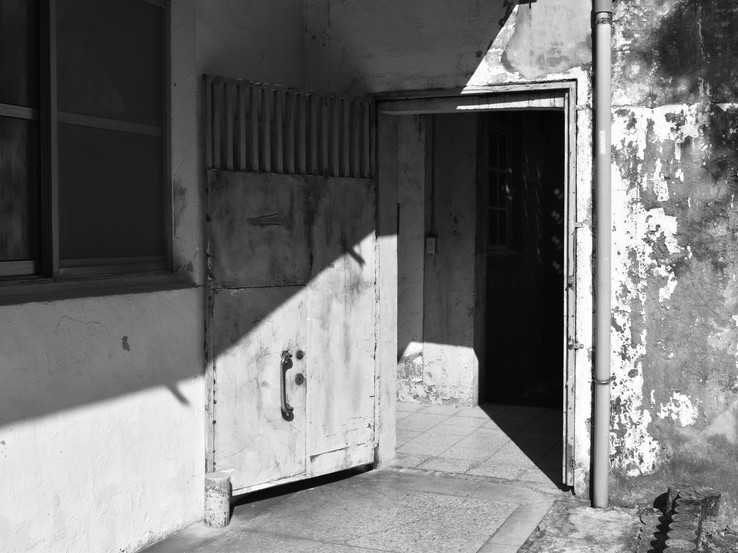Transitional Justice After Martial Law Period
- glosnapgs
- 2023年7月11日
- 讀畢需時 2 分鐘
已更新:2023年7月11日

Rome was not built in a day. Same as democracy. The Kuomintang relocated to Taiwan and reinvented itself as the Republic of China in 1949, after the defeat by the Chinese Communist Party in the civil war. While the sovereignty remains controversial, the democratic transition and consolidation in the Formosa faced challenges simultaneously.
Chen Cheng, the Governor of Taiwan Province and the Commander-in-Chief of Taiwan Garrison Command, has promulgated the Martial Law in 1949. The military authorities were entitled to the suppression of fundamental human rights, from the freedom of speech, association, assembly as well as strike, which restricted the political development of Taiwan.
The 228 massacre, an uprising urging for political reform in 1947, undoubtedly had a chilling effect on democratization. Even worse, while the anti-government Formosa Magazine organized an event to commemorate the Human Rights Day in 1979, the authority regarded it as an excuse to arrest the main leaders, namely Shih Ming-teh and Huang Hsin-chieh.
Although the ruling party declared that “there are no political prisoners in Taiwan”, international human rights activists began to voice out the political oppression of the island in the 1960s. The 228 Justice and Peace Movement by Nylon Cheng and the victims urged the compensation as well as the investigation of the wrongfulness under the authoritarian rule in 1998.
The Martial Law Period lasted for more than 38 years until it was lifted by the late president of Taiwan Chiang Ching-kuo in 1987. However, the notorious “White Terror Era” came to an end when the article 100 of the Criminal Law was amended in 1992, under which non-violent acts will no longer be considered as seditious acts, in conformity with international standards.
Established in 2018, the Jing-Mei White Terror Memorial Park currently serves as a somber reminder of this dark historical period. From the military courts, guard rooms to the jails, the Jingmei Detention Center was a prison of the white terror housing around 200 to 400 so-called rebellious political prisoners under secret trials by the military courts.
At the entrance of the Renai Building, there is a statue of Xiezhi turning its back to the prison. As a symbol of justice, this Chinese mythical creature could distinguish right from wrong and rams the evil one with its horn. Meanwhile, the White Dove Plaza is located near the exit of the park, representing the mutual hope of peace. A picture is worth a thousand words.















留言